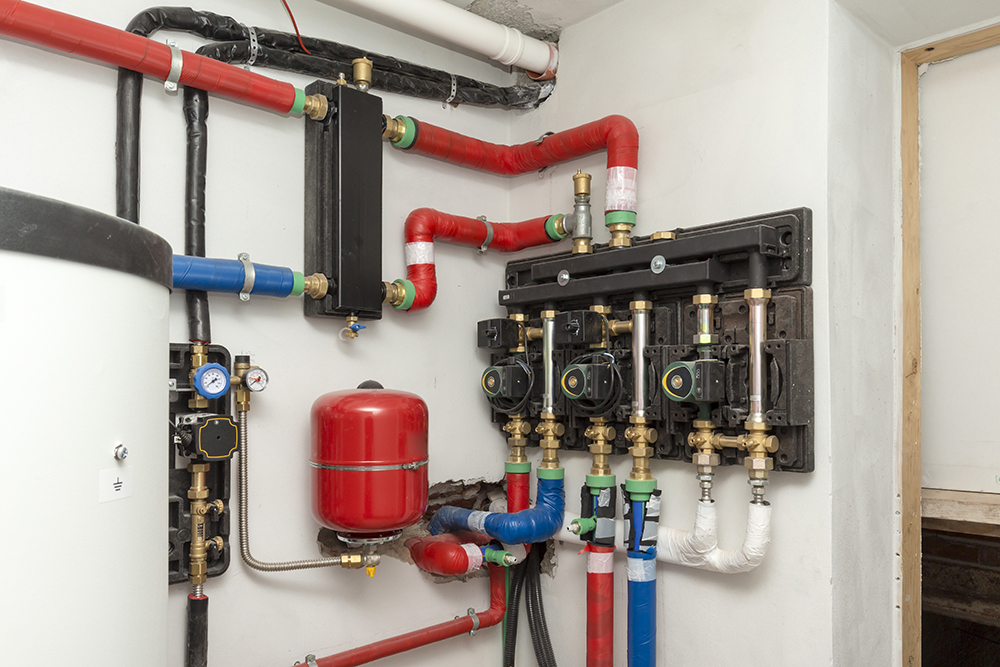Variable Speed Pumps

Choosing the right pump for your Florida pool can make all the difference. Not only will it help keep your pool cleaner and better balanced, it can also save you money on your upkeep and pool maintenance costs. Some pool owners, however, want to know if choosing a variable speed pump is really the best option for their pool. In this blog, we’ll discuss variable speed pumps and the pros and cons of them. Let’s find out if a variable speed pump is right for you.
Pool Pumps: Single vs. Two-Speed vs. Variable
There are essentially three options for pumps. The first is a single speed pump, which is still the most popular choice for most pool owners. Single speed pumps, however, come with a number of drawbacks, including excessive noise and being inefficient. They can seriously add to the cost of operating your pool. So while they might seem like the cheaper option right off the bat, they are actually a much more expensive option in the long run.
Single Speed Pumps
Single speed pumps like this Pentair model are the more traditional choice and are usually less expensive to purchase. Less expensive means they easily become a popular option. However, a variable speed pump is likely going to be more cost-effective in the long run. (This reminds us of our last blog on pool automation. Like with pool automation, the right pool pumps become a trade-off between time and money. More money up front may save time and money in the future).
Two-Speed Pumps
The second type of pump is a two-speed pump, which solves some–but not all–the problems that single-speed pumps have. A two-speed pump will have both a high-speed and a low-speed option, making it more cost and energy efficient to run the pump. Having speed options will help in downtime such as overnight when the pump need not run at full speed.
As a result, most pool owners who choose a two-speed pump will use the low setting throughout the day. They will reserve the high-speed setting for cleaning or heating the pool to speed up filtration and circulation. Using this type of pump can cut your pool’s energy usage by 50{49719dccefdf8f13231f745f8029506257ec6f55a0466a63a6a49aacfde2ef6e} (you can read more here).
Variable Speed Pumps
Even better than a two-speed pump, however, is the variable speed pump, which uses a magnet motor, instead of an induction motor. In this way, pool owners can choose the right speed for their pool, even if that speed is very slow. This type of pump will run much cooler, last much longer, and can be digitally controlled. You’ll have far less noise from your pump. Furthermore, variable speed pumps can be over 90{49719dccefdf8f13231f745f8029506257ec6f55a0466a63a6a49aacfde2ef6e} more efficient than your average single speed pump. Each month, they can save you upwards of $30, which adds up fast across the course of a year.
Which kind of pump is right for you and your pool? While variable speed pumps are more expensive, they require less maintenance, have to be replaced less often, and save you on your monthly and annual upkeep and maintenance costs, making them the more cost effective choice for those that intend to use their pools frequently.
Annual Savings
 Depending on the cost of utilities in your area, your annual savings could be quite substantial if you choose a two-speed or variable speed pump over a single-speed pump. Most variable speed pumps pay for themselves within the first year, especially if they are paired with other energy-efficient equipment like LED lighting and a more efficient water heater. Pool owners who choose these features could be saving up to $900 over those who choose a more standard set of equipment.
Depending on the cost of utilities in your area, your annual savings could be quite substantial if you choose a two-speed or variable speed pump over a single-speed pump. Most variable speed pumps pay for themselves within the first year, especially if they are paired with other energy-efficient equipment like LED lighting and a more efficient water heater. Pool owners who choose these features could be saving up to $900 over those who choose a more standard set of equipment.
Erik’s Aquatic Care is always here to answer questions you may have as a current or future pool owner. Cheers!


0 Comments